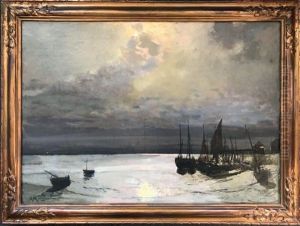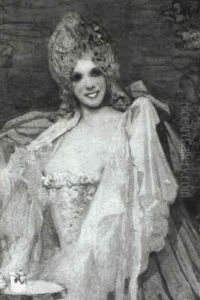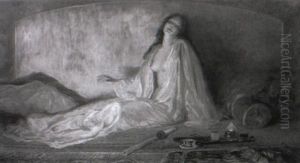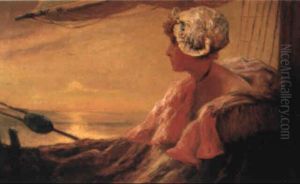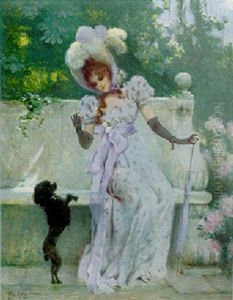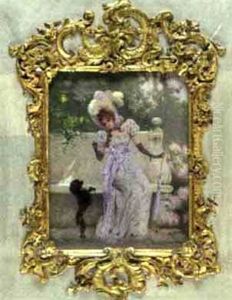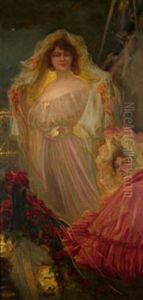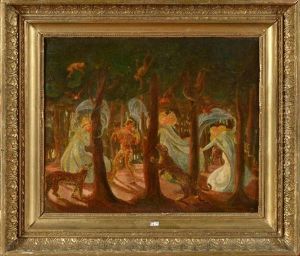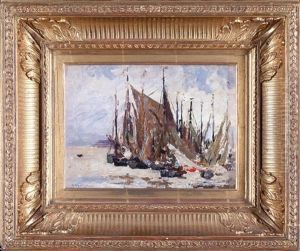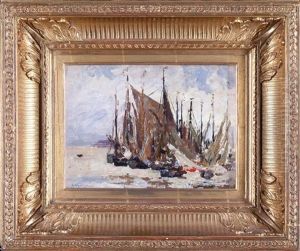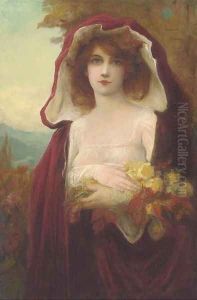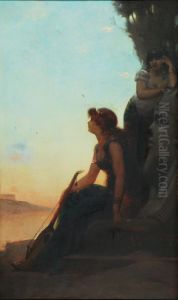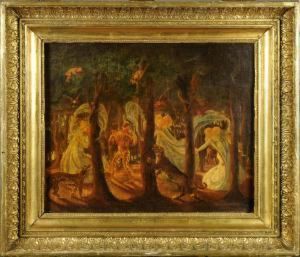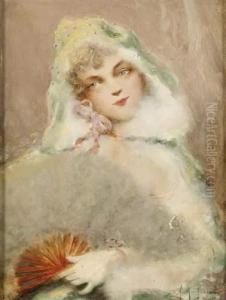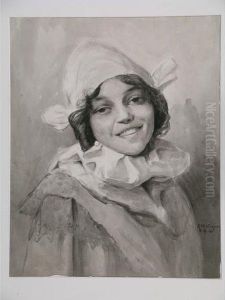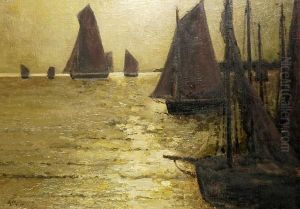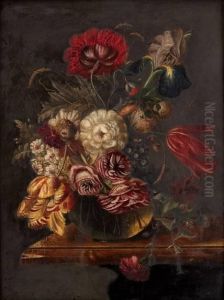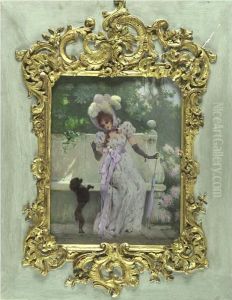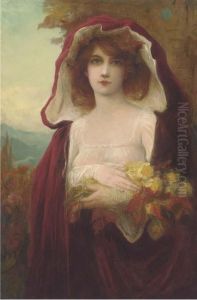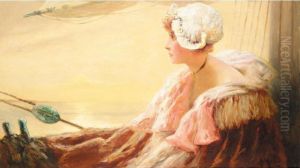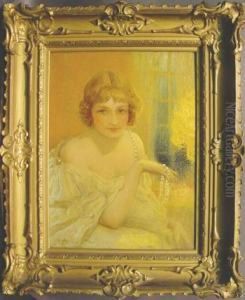Albert Matignon Paintings
Albert Matignon was a French painter and illustrator, born in 1860 in Tours, France. His work spans the late 19th and early 20th centuries, a period marked by significant transitions in the art world, from traditional academic painting to the burgeoning of modernist movements. Matignon, though less widely known than some of his contemporaries, contributed to the rich tapestry of French art during this transformative era.
Matignon initially trained at the École des Beaux-Arts in Paris, where he was influenced by the academic painting traditions of the time. However, as his career progressed, he began to experiment with the styles and techniques that were emerging among the avant-garde artists in Paris. His work, characterized by its vibrant color palette and dynamic compositions, reflects the shift towards Impressionism and Symbolism that was occurring in the art world of his time.
Throughout his career, Matignon exhibited his work at many prestigious venues, including the Salon de Paris, an annual art exhibition held in the French capital that was the most important showcase for French painting and sculpture. He received several awards for his work, which helped to establish his reputation among his peers and art patrons.
In addition to his painting, Matignon was also an accomplished illustrator. He contributed illustrations to various periodicals and books, which was a common practice among artists of the time to supplement their income and gain wider exposure for their work.
Despite his contributions to French art and the evolution of painting during his lifetime, Albert Matignon remains a relatively obscure figure in art history. His death in 1937 marked the end of a career that had spanned over five decades, during which he witnessed and participated in the dramatic shifts in artistic styles and preferences that defined the turn of the century in France. Today, his work is preserved in several French museums and collections, where it continues to be appreciated by those who seek to understand the depth and diversity of this period in art history.
